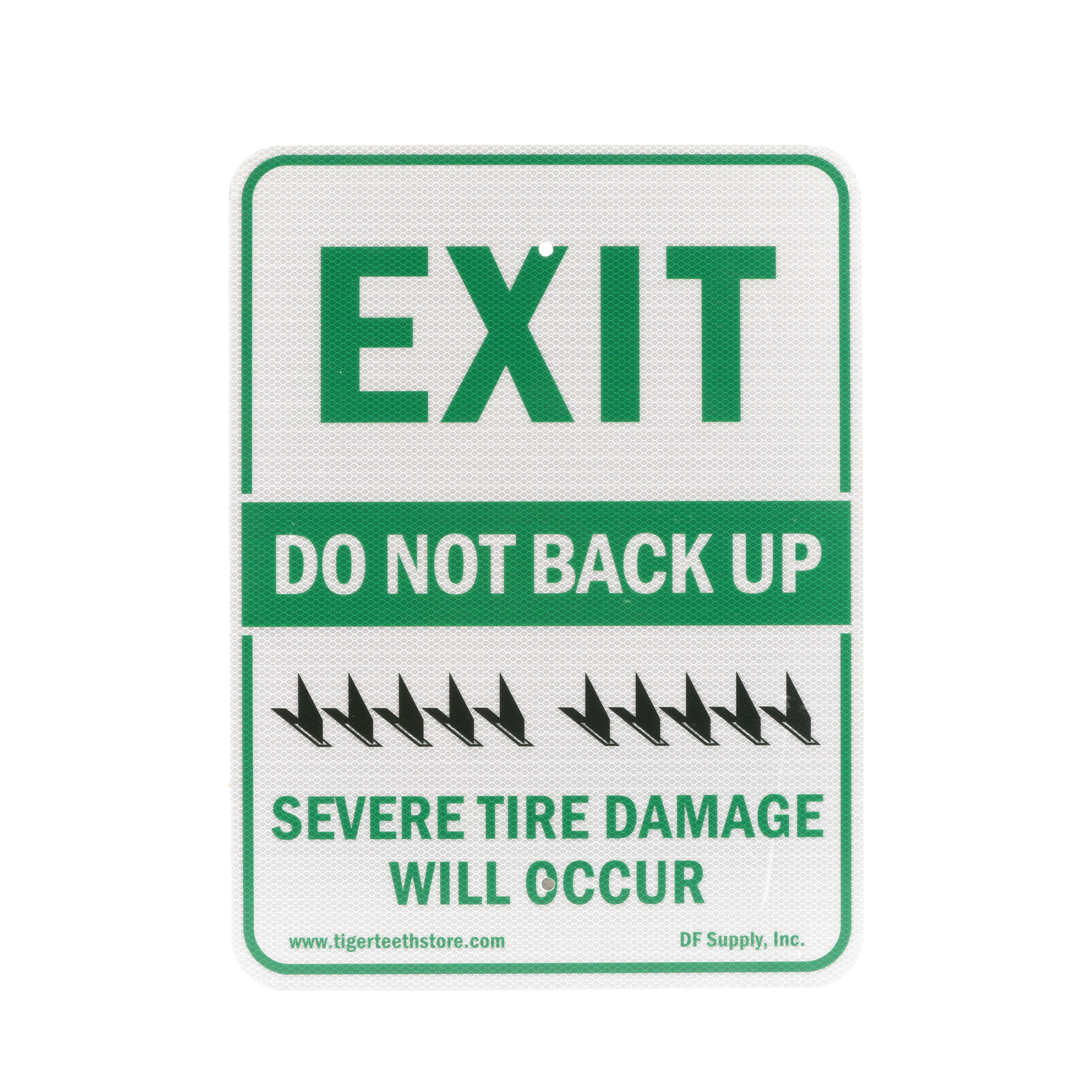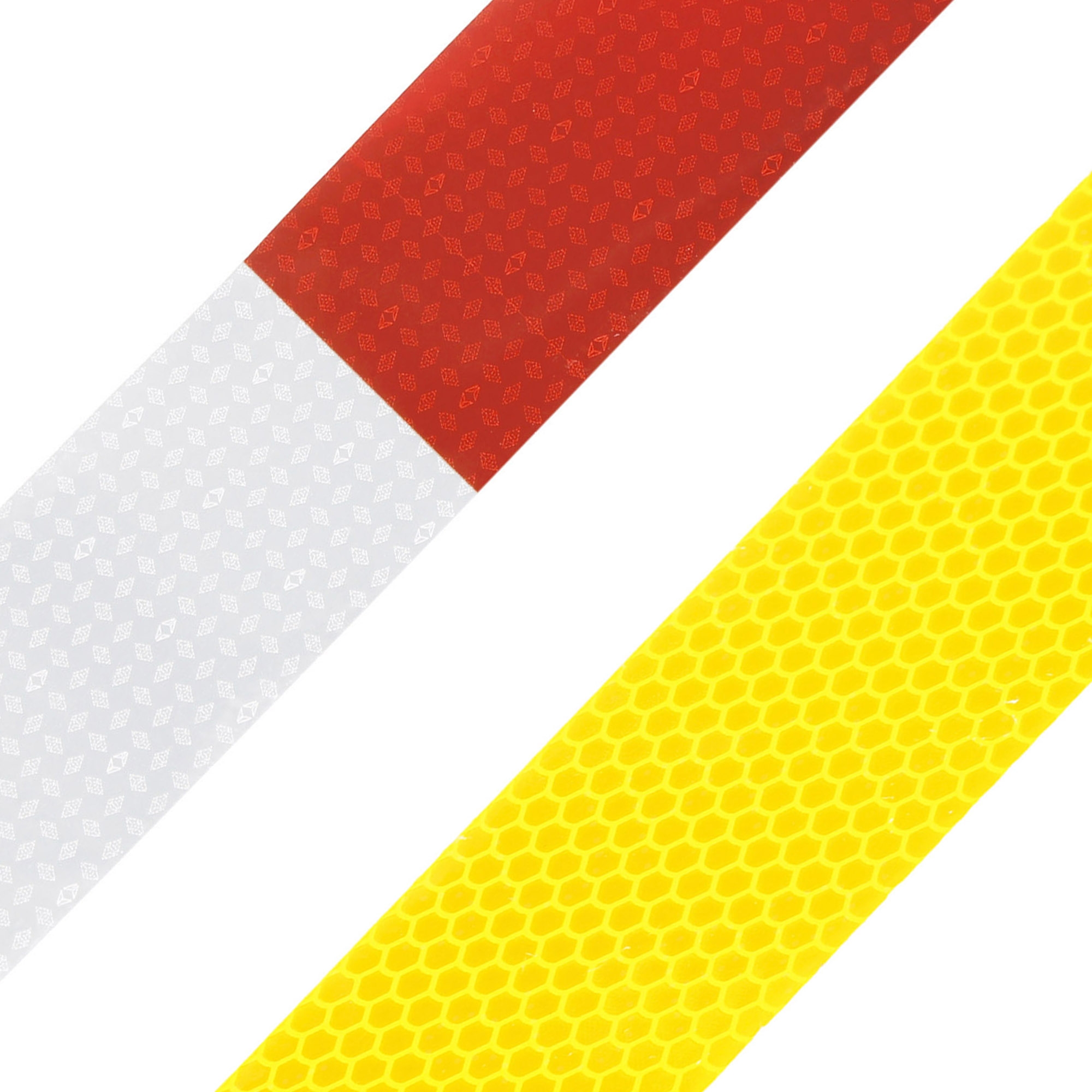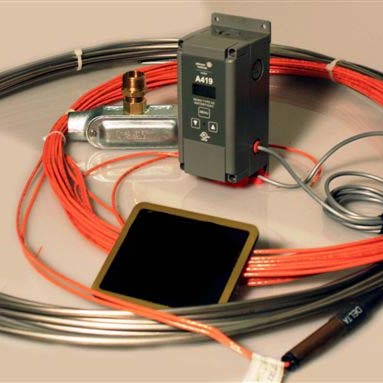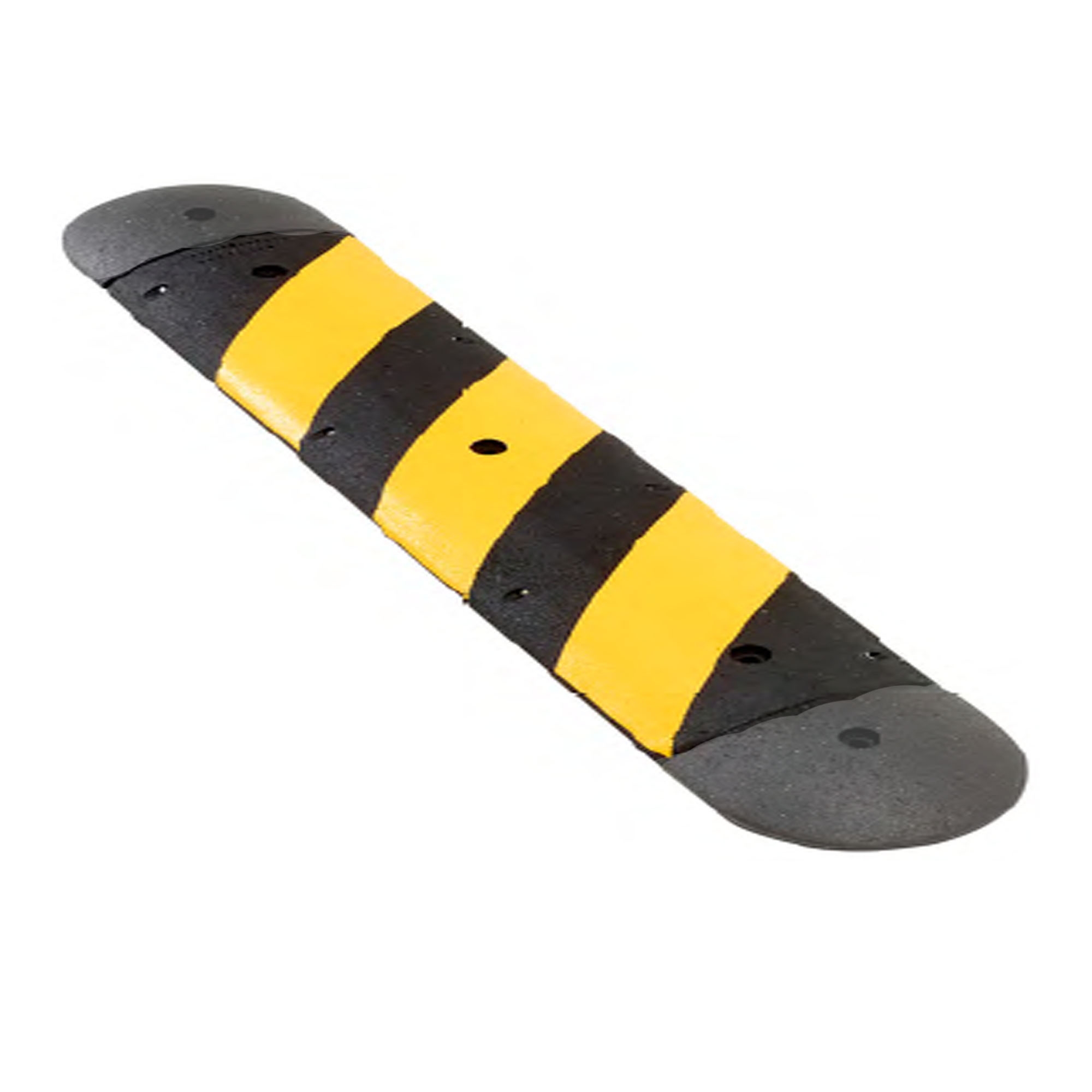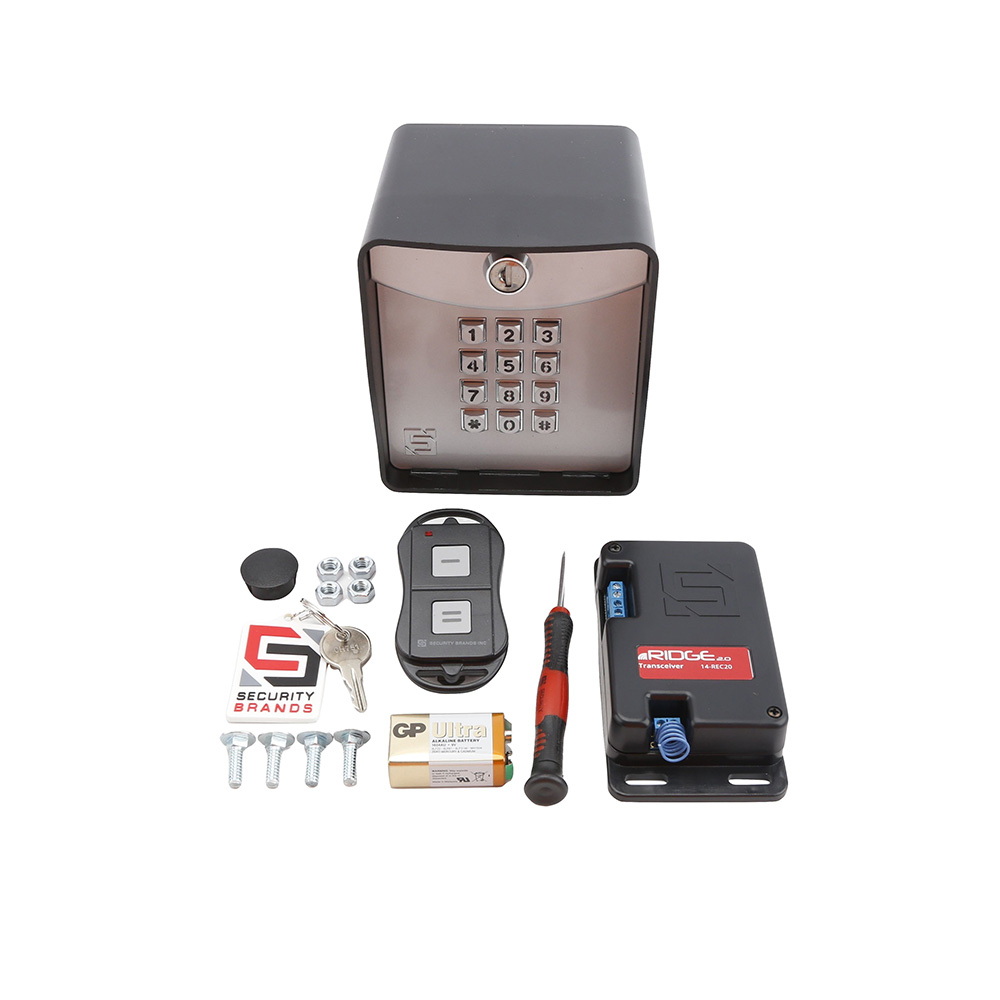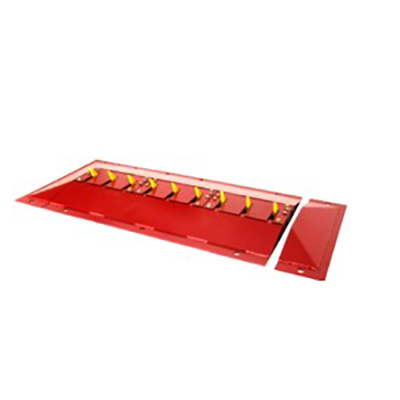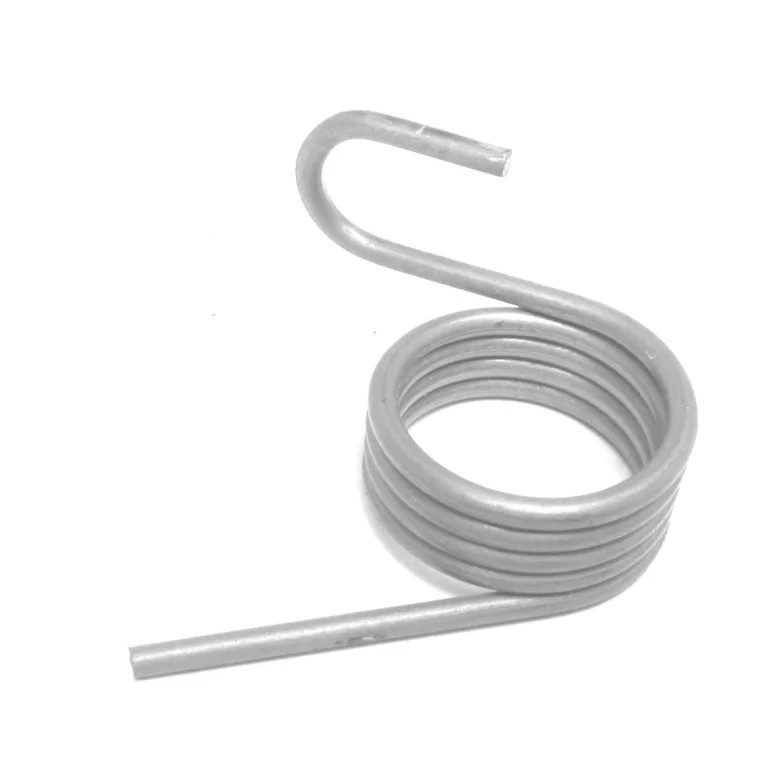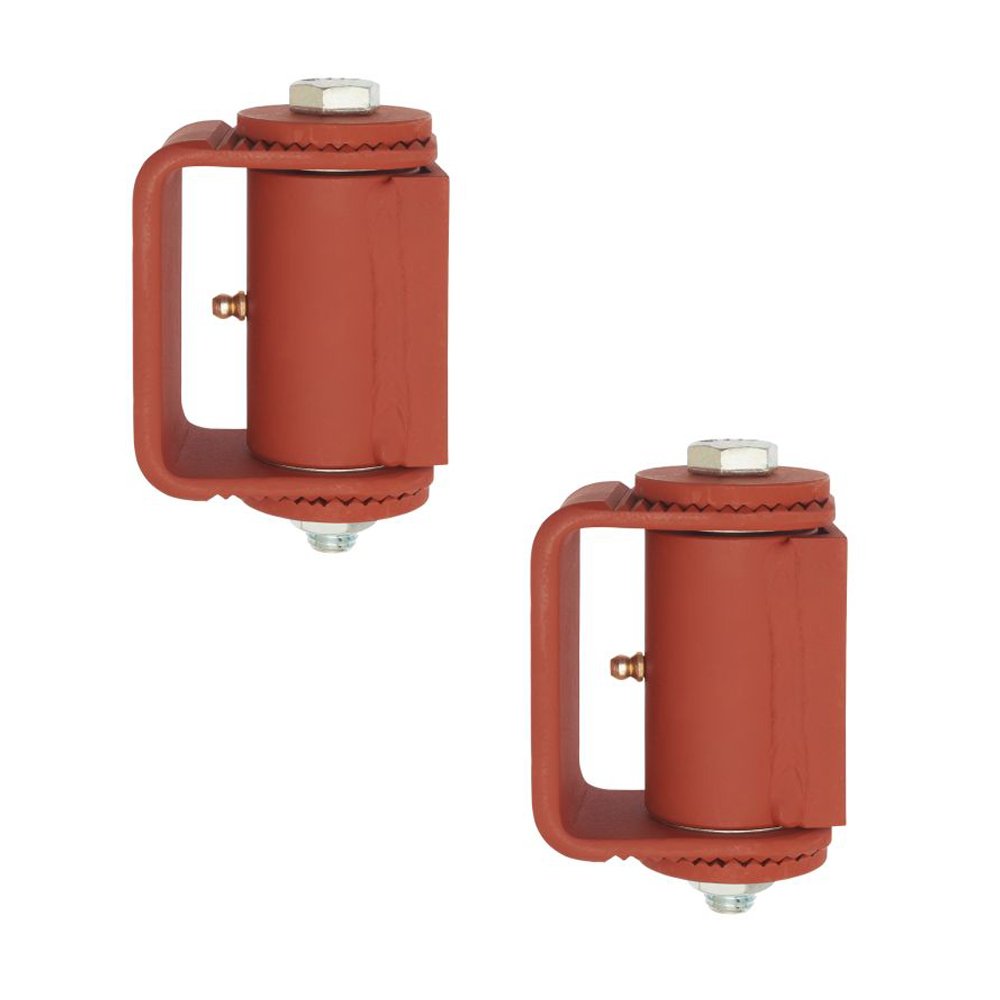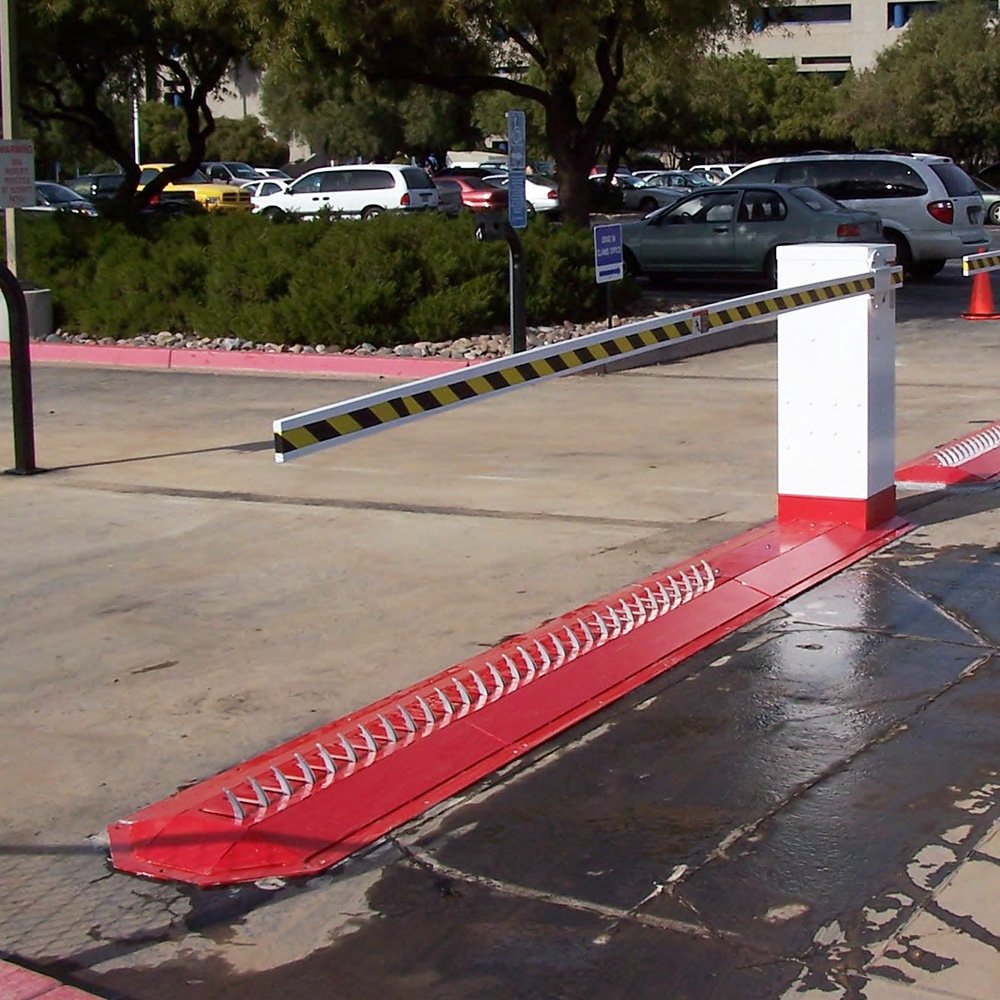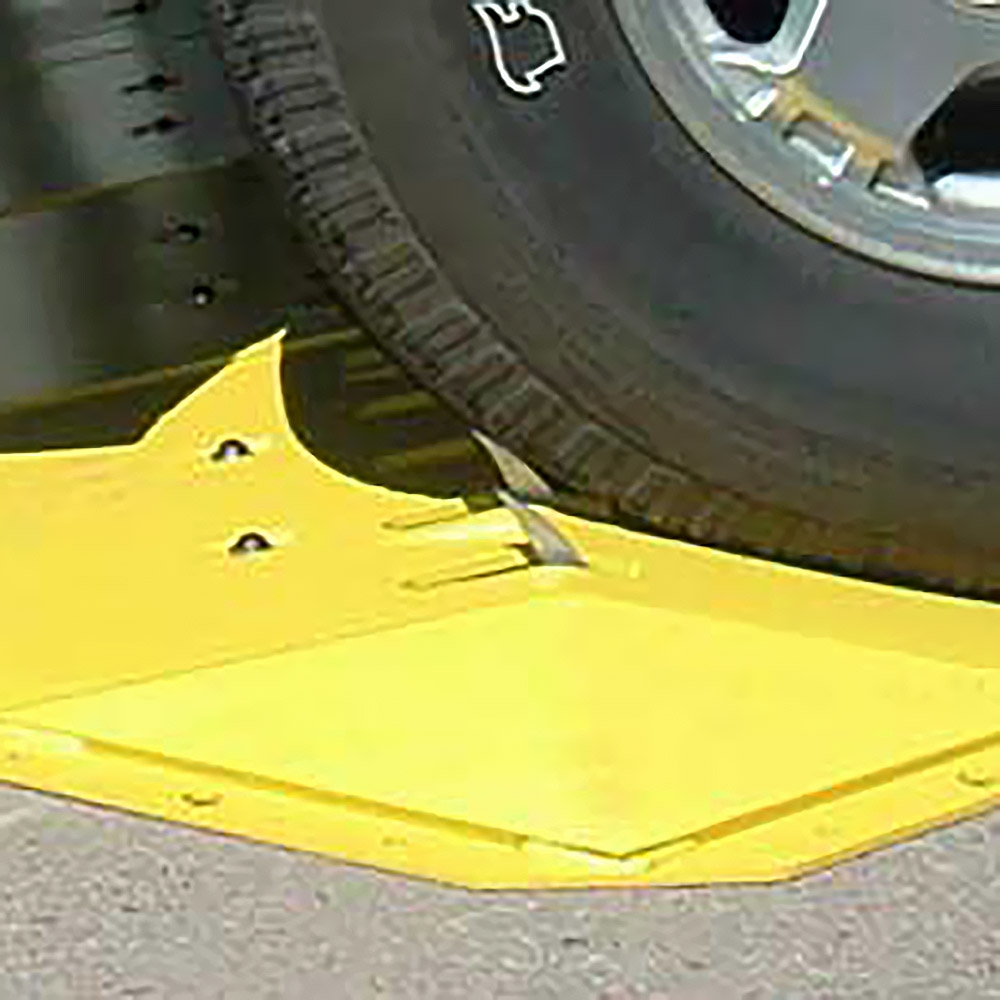Access Control & Traffic Spikes: Best Options for Security
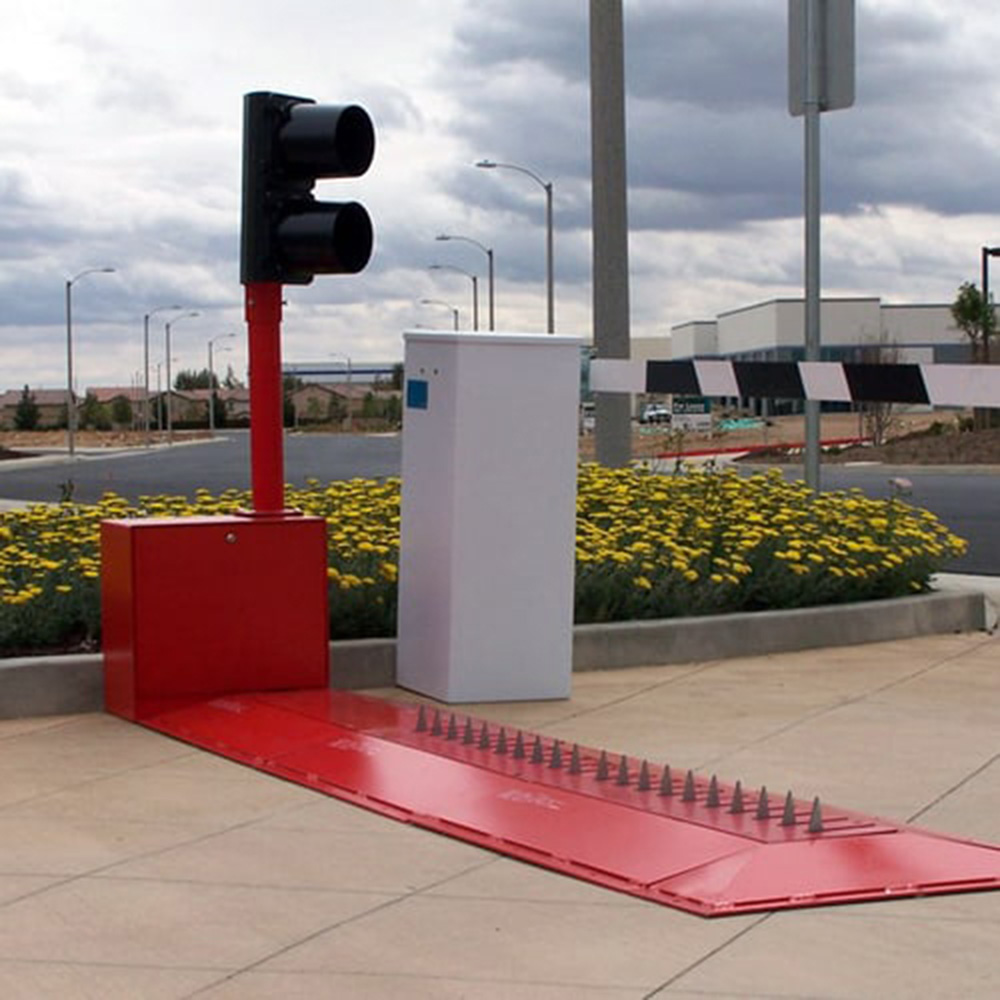
Maintaining control over who enters and exits a property is one of the most important steps in securing any location, whether it's a private parking lot, warehouse yard, gated community, or high-security facility. Traffic spikes are often at the center of this effort because they create a strong physical deterrent that’s hard to ignore. But to truly take control of your access points, it’s not just about having the spikes in place. The entire system needs to work together; spikes, gates, bollards, signs, and a few smart add-ons all play a role in keeping traffic moving the way it should and keeping unwanted vehicles out.
How Traffic Spikes Work
Traffic spikes are specially designed to stop vehicles from moving in the wrong direction or from entering without authorization. In-ground versions are installed directly into the road surface, creating a low-profile yet highly effective deterrent that activates when driven over from the wrong side. Surface-mounted spikes are easier to install in areas where digging into the ground isn’t an option, while motorized models can be raised and lowered on command for more flexible control. These systems are built to handle consistent vehicle flow while still providing a strong physical response to improper access. Whether stationary or motorized, the main function of these spikes is to regulate movement and reinforce access rules.
Coordinating Barrier Gates, Motorized Traffic Spikes, and Entry Devices
When you need precise control over vehicle access, combining barrier gates with motorized traffic spikes and entry devices creates a powerful and efficient system. Each of these components has a specific role, but when used together, they form a seamless flow of control from detection to decision to action. This type of setup is ideal for secure entry points at commercial facilities, government buildings, gated communities, and parking structures where access must be tightly managed.
How Barrier Gates and Motorized Spikes Work Together
Barrier gates provide the first visible indicator that access is restricted. As vehicles approach, the gate remains lowered until the system grants permission to enter. Behind or beneath the gate, motorized traffic spikes are typically positioned in a lowered state by default. When triggered, the gate arm raises, and the motorized spikes remain down to allow safe passage. If access is denied, the gate arm stays down and the spikes can remain raised or automatically engage as an extra deterrent. The timing between the gate movement and the spike actuation is key to keeping the system safe and reliable. When properly connected, they act in unison to stop unauthorized vehicles while ensuring smooth entry for approved ones.
Using Entry Devices for Permission Control
To decide whether the gate and spikes should allow a vehicle through, entry devices like card readers, keypads, or vehicle loop detectors come into play. These devices act as the verification step in the process. A card reader can scan access badges, a keypad can prompt for a secure code, and loop detectors sense the presence of a vehicle waiting for entry. When the correct input is received (either through a swipe, typed code, or vehicle presence) the system sends a signal to raise the gate arm and lower the spikes. If no valid input is received, everything stays locked in place. These devices let you control who comes in without needing a guard or attendant at every entrance.
Access Control Devices
Electronic access devices are what actually tell your security system when to allow or deny entry. These include keypads, card readers, and remote transmitters that communicate with gates or motorized spike systems. These tools help ensure only approved individuals can pass through a checkpoint, and they’re often used in places with high traffic or frequent access changes. With the right setup, access control devices streamline the entry process while maintaining a reliable barrier to unauthorized vehicles. They’re a core part of any modern security system that needs flexibility and control.
Traffic Signs
Traffic signs play a key role in helping drivers understand where they should go and what to expect as they approach a controlled access point. Clear signage reduces confusion and increases safety by warning about spikes, indicating traffic direction, or showing speed limits. These signs are usually installed before the spike area or gate, giving drivers enough time to respond. Without signs, even the best access system can become confusing or risky for new or unfamiliar drivers. Good signage keeps traffic flowing smoothly while reinforcing the rules of the road.
Parking Lot Accessories
Parking lot tools like speed bumps and wheel stops help support the overall access control system by slowing down vehicles and keeping them aligned. These devices work well in areas near spikes and gates, ensuring drivers have time to react and follow instructions. They’re especially helpful in lots with limited space or heavy foot traffic where precision matters. Used alongside other components, these accessories help shape the environment and make vehicle movement more predictable. Even small changes in layout can improve safety and system efficiency.
Traffic Spike End Caps
End caps are important for rounding out a spike system, especially when a full-length row of spikes isn’t required. They protect tires from exposed edges and create a smooth finish that looks cleaner and performs better. Caps also improve the visual appearance of the installation and reduce the chances of unintended damage. While they might seem like a small detail, they play a practical role in keeping the spike system safe and functional. Properly capped ends help extend the life of the entire setup.
Bollards
Bollards are upright posts placed around sensitive areas to stop vehicles from reaching places they shouldn’t. Often installed near gates or signs, bollards act as passive barriers that protect equipment, buildings, and pedestrians from accidental impact. Fixed bollards offer constant protection, while retractable versions provide flexibility for occasional access. They also help visually define traffic lanes or no-go zones, which helps organize traffic flow in a clean and intuitive way. In access control systems, they’re an extra line of defense that supports both safety and structure.

Shop Bollards
Vehicle Loops and Safety Integration
Vehicle loop detectors are also used as safety features to prevent accidental damage. Loops can be placed before and after the spike section to monitor the vehicle’s position in real time. These sensors ensure that spikes only raise when a vehicle is no longer above them, preventing tire damage or mechanical strain. In some systems, a loop can even override a manual or automatic command to raise the spikes if a car is still in the danger zone. This adds an extra layer of protection and helps the system respond intelligently to real-world traffic flow.
Contact Us
If you're looking to take full control over vehicle access to your property, combining traffic spikes, barrier gates, and smart entry devices is one of the most effective solutions available. These components work together to create a secure, smooth, and intuitive system that manages who enters, who exits, and when. Whether you need basic directional control or a fully automated setup with motorized spikes and programmable entry, we can help you design the right solution. Our team understands how to integrate everything from keypads and card readers to loop detectors and visual guidance tools like signs and bollards. We’ll help you choose the best configuration based on your security needs, traffic flow, and site layout. Reach out today to get expert guidance and start building a safer, more controlled access system that fits your space and goals.
Contact Us

